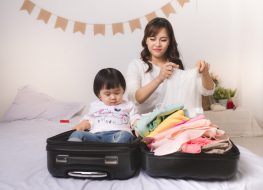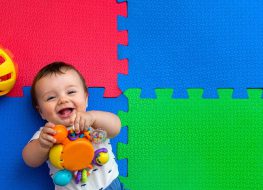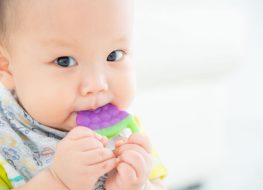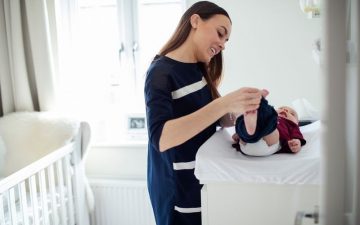
Clothing has always been an essential and natural part of life, to a point where you even dress subconsciously. As simple as it may sound, choosing what to wear can easily get complicated. It is especially crucial for babies, given their delicate bodies that need utmost attention and care.
You have to figure out what type of clothes they should wear and how to put them on without risking safety and convenience. For a new parent, this can be overwhelming at the early stages. But don’t worry; everyone starts like that and gets better after learning and experiencing.
It’s all about experience guided with proper knowledge. So start your journey with this article about the essentials of baby clothing and changing diapers using a changing pad for a dresser.
Basic Baby Clothing Anatomy and Tips
The first questions that might come up in your mind are, “What should my baby wear?” and “What’s the proper way to wear them?” Because of their size and fragility, a baby will naturally have different wardrobe requirements. Otherwise, something as minor as an unnecessary clothing layer or an incorrect dressing position can become a bigger problem.
There are two primary clothes your baby should wear during their early months: an undershirt and a diaper. Of course, you will need to add more layers depending on the temperature; these could be pajamas, sleepsuits, or wearable blankets. However, always keep safety, convenience, and comfort in mind when choosing what a baby can wear.
Undershirts and Layers: A Guide to Dressing and Undressing Your Baby
Let’s begin with some clothing tips. Remember, you need to deal with the baby’s body carefully as they’re sensitive, particularly their head and neck. Here are some pointers you should follow:
How to Calculate the Right Clothing Size?
A baby outgrows clothing fast, so some changes could happen approximately every three months. For instance, newborns begin with size 000 during the first three months, then to size 00 next. However, some babies start with size 00 right away.
Keep growth speed in mind and focus on minimum quantities for each size. That way, you won’t waste excess baby clothes when the baby outgrows them.
What Kind of Clothes Should You Pick?
Aside from the size, you should also look for the following features to ensure safety and comfort for your baby (and less hassle for you).
- Machine-washable over hand washing for time and energy management
- Clothing made of natural fibers like cotton to prevent skin issues on your baby’s delicate skin
- Onesies that fasten at the lower body to secure warmth and keep the diaper in place
- Clothes that don’t have complicated and unsafe attachments (buttons or laces) to prevent choking hazards
- Clothes you can easily access to change diapers
- Clothes that don’t cover the baby’s face and aren’t too tight, especially on the neck area
Dressing and Undressing Tips
Dressing your baby starts with the undershirt, the necessary clothing next, then optional accessories (hats, extra socks, or a blanket). When putting the neckline garment over their head, make sure to stretch it and use your fingers so that it doesn’t entangle on their ears or face.
To deal with the sleeves:
- Stretch the holes (especially with long sleeves) and gently guide the baby’s arm through it.
- Gently roll and lift the baby over to work on the other arm.
- When undressing, do the same clothing neckline stretch and work on the sleeves one at a time.
While doing this, make sure to support the baby’s head and back. As they get older, they tend to move a lot more, so keep them focused on something so that you can dress or undress them easier and faster.
Dressing by Season
Understand your baby’s clothing needs in warm and cold weather. For hot temperatures, remove one layer of clothing from the usual and ensure that the remaining are loose. Additionally, keep in mind to have at least one layer on top of the undershirt to prevent sunburn.
When it’s the cold season, dress your baby with several layers for warmth. Wrap them with a receiving blanket or sleep sack for a secure and extra warm layer.
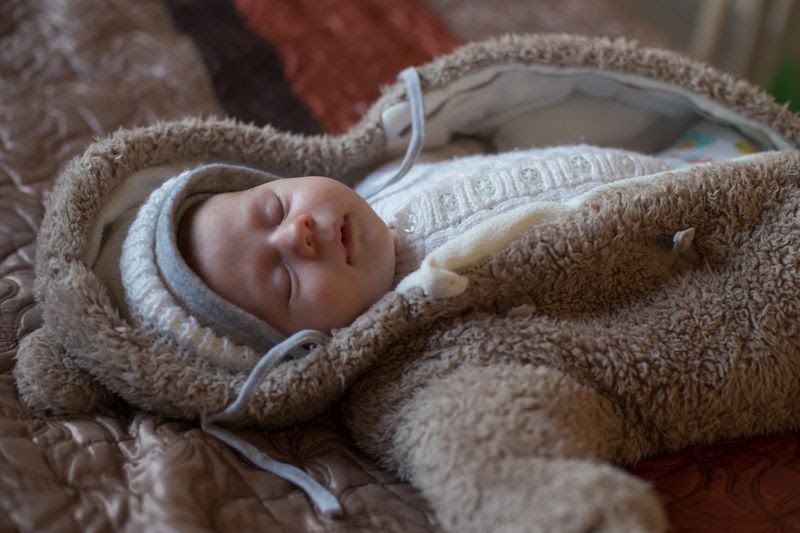
How to Wash Your Baby’s Clothes Properly
When washing your baby’s clothes, it is best to separate them from the rest of your laundry. Then, use detergents that have sensitive or gentle labels. This way, you can maximize the prevention of skin irritations.
How about clothes filled with poop, vomit, formula, or breast milk stains? The best thing to do is get rid of it while it’s still fresh because it gets harder to remove when dry. Usually, using baby wipes or soaking them in water and detergent can suffice. However, if the stains remain, you may try using oxygen bleach, a stain remover, or the alcohol-vinegar soaking method.
Diapers and Changing Pads: A Guide to Changing Your Baby’s Diapers
As a new parent, there is nothing else you can rely on more than a diaper. It saves you from all the mess and stress of pee and poop. Here’s what you need to know about diapers and diaper-changing.
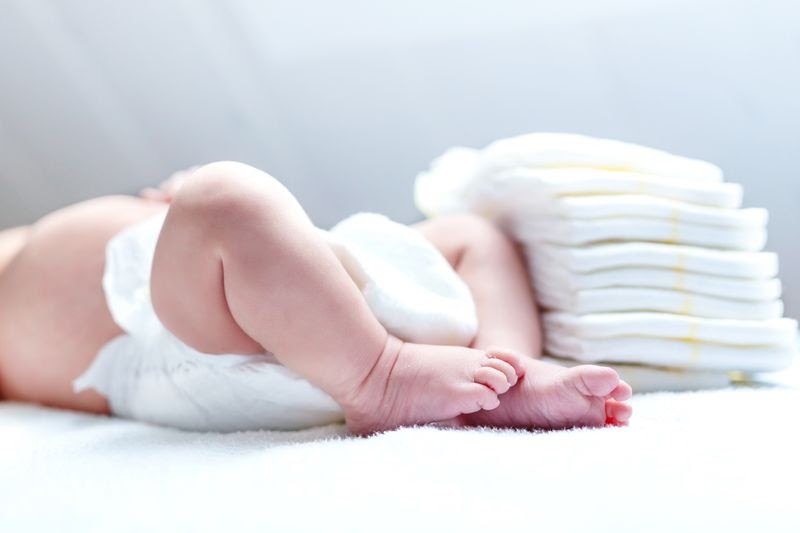
How Many Diapers Should You Have in Stock?
You should note that the early months need the most diapers, but it gets fewer as the baby gets older. On average, a baby needs up to 10 changes per day. Of course, it could be less than that, but there’s no knowing, so it’s better to have extra diapers in stock. Fortunately, most hospitals help by handing out an armful of newborn diapers.
How to Choose the Right Size?
When looking for the right diaper size, focus on weight instead of age. Most newborns would gain weight from two to three pounds in the first month. The good thing is that newborn diapers can fit up to nine pounds, so it wouldn’t be that hard. Still, it is better to get a Size 1 or 2 in case the baby outgrows them faster than you expected.
Using a Baby Changing Pad for a Dresser
At first glance, you might not find a baby changing pad or table important. However, if we talk about diapering essentials, this is a great advantage. It’s a padded and waterproof area that sits on top of a changing table or dresser. The main benefit of a changing pad cover is that it’s safer for the baby and easier for your usually tough and messy parenting duties.
How to Find the Best Changing Pad for Dressers?
Fortunately, looking for a changing table pad for a dresser isn’t complicated. You need to focus on the safety strap, BPA-free fabrics, well-fitting sizing, and waterproof properties. You may also choose between portable or non-portable and a baby changing pad with one or multiple sides for extra features.
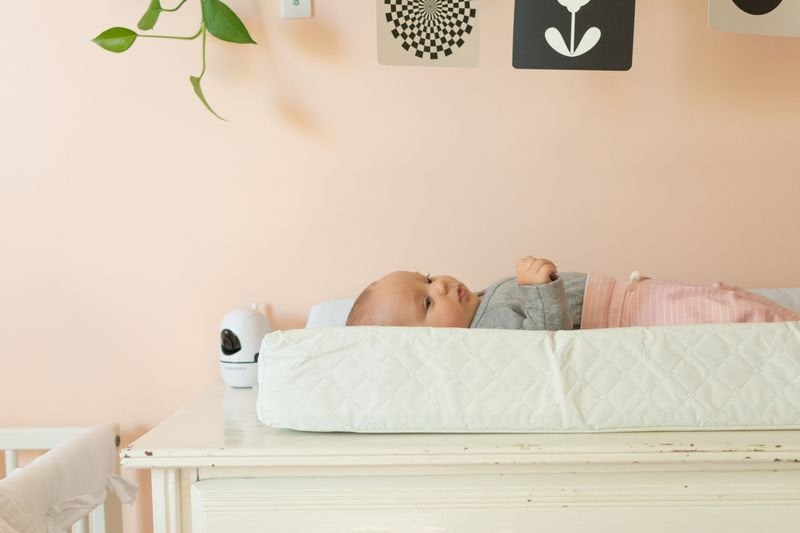
Safe, Convenient, and Comfortable Dressing With AshtonBee
As a new parent, dressing a baby can be difficult. But, at the same time, it’s fulfilling when you can keep your baby safe, comfortable, and convenient. Over time, dressing them would be just as natural and easy as breathing. But before you reach that phase, you need to learn the basics of proper dressing first.
Look for tools and methods that make the job done right and easier for you. For example, you may want to try Ashtonbee’s Portable Diaper Changing Pad to help you change your baby’s diapers without getting messy. Moreover, it’s travel-friendly, so you can rely on it when you’re on a family trip. We hope you have a less stressful and more delightful time with your little one!

